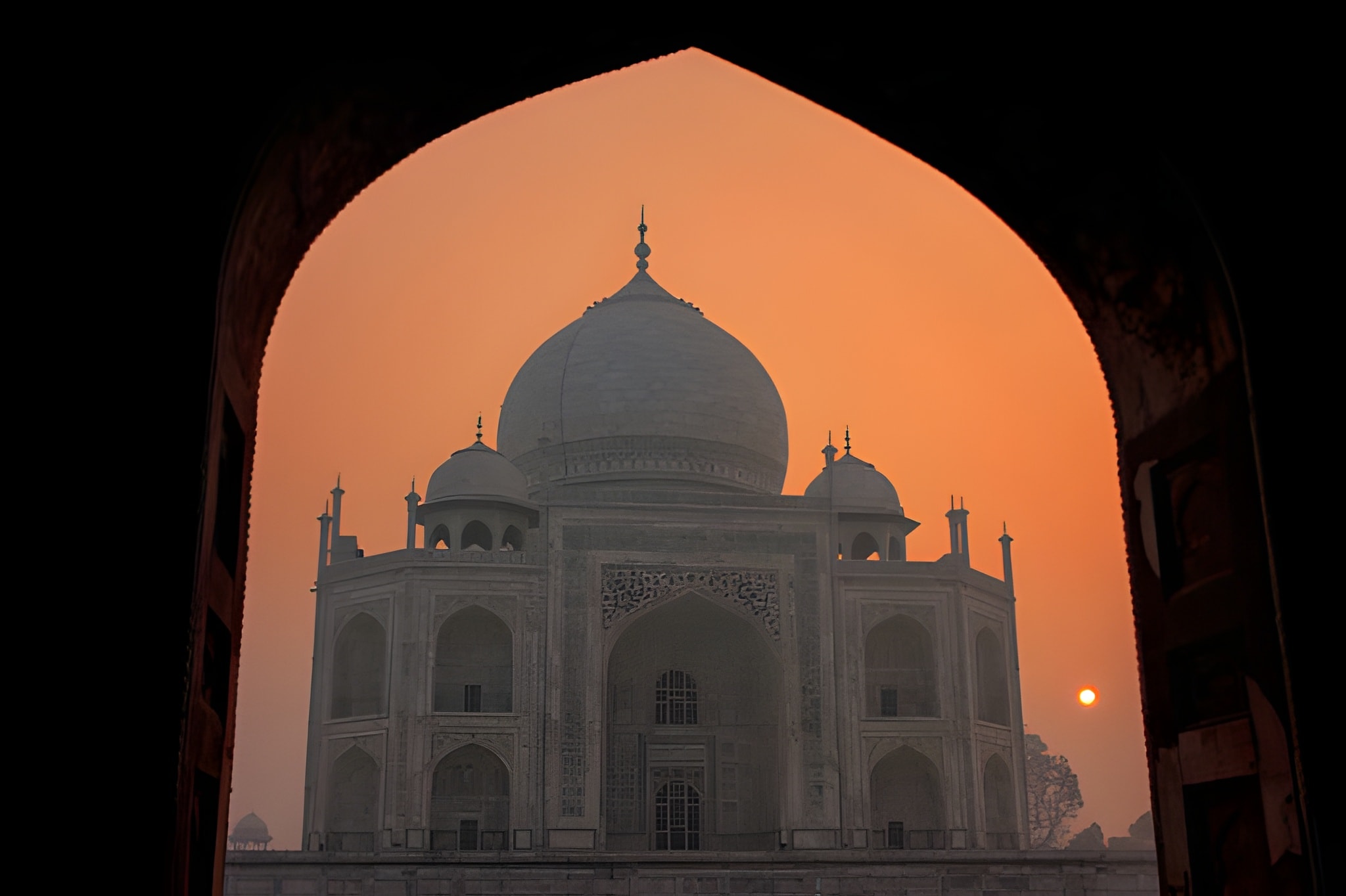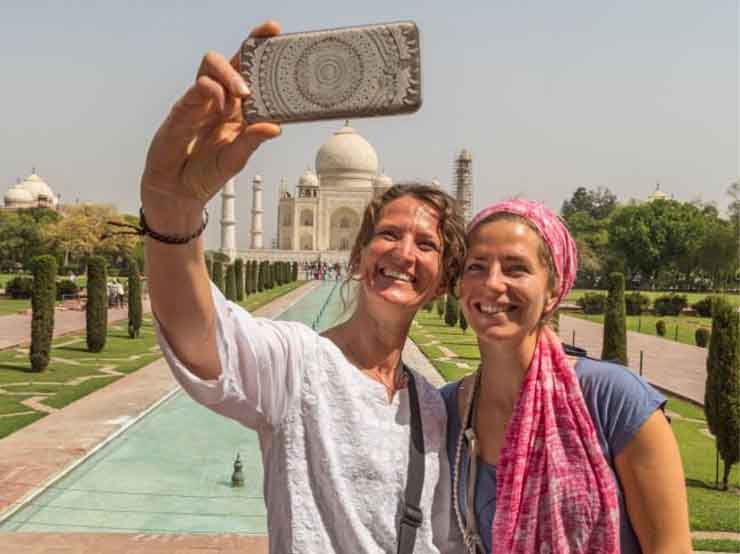The Taj Mahal is one of the most admired monuments in the world. Standing beside the Yamuna River in Agra, it is both a symbol of love and a masterpiece of 17th-century engineering. Built during the Mughal era, this monument continues to amaze visitors with its symmetry, craftsmanship, and beauty.
The Vision Behind the Monument
Emperor Shah Jahan built the Taj Mahal in 1632 in memory of his wife, Mumtaz Mahal. He wanted a monument that would represent eternal love. It took about 22 years to complete and involved more than 20,000 artisans, architects, and workers from across India and Asia. The project finished around 1653 and became the crown jewel of Mughal architecture.
Design and Architecture
The chief architect, Ustad Ahmad Lahauri, created a design that blended Persian, Islamic, and Indian styles. The entire complex — the mausoleum, mosque, guest house, and gardens — follows perfect symmetry. The “charbagh” or four-part garden represents paradise in Islamic tradition.
Every feature, from the height of the dome to the position of the minarets, was carefully planned. This precise layout gives the Taj Mahal its iconic balance and elegance.
Engineering Wonders of the 17th Century
Building such a grand monument without modern technology was an incredible feat. The engineers of the Mughal era used smart techniques to solve complex problems.
1. A Strong Foundation
The Taj Mahal was built on soft riverbank soil. To prevent it from sinking, engineers dug deep wells and filled them with stones and rubble. This strong foundation still supports the monument nearly four centuries later.
2. The Floating Effect
The Taj seems to rise gracefully above its base. This illusion comes from the slightly curved platform and dome. These curves make the structure appear lighter and more elegant from every angle.
3. Perfect Symmetry
Every detail is symmetrical — from arches and domes to decorative carvings. The four minarets lean slightly outward, so they would fall away from the main tomb in case of an earthquake. This design choice shows both artistry and foresight.
4. Artistic Mastery
The Taj’s marble walls are decorated with pietra dura — a stone inlay technique using precious gems like jade, turquoise, and lapis lazuli. Skilled artisans shaped each piece by hand, creating floral and geometric designs that shine beautifully in the light.
A Legacy That Lives On
The Taj Mahal is not only an architectural wonder but also a symbol of devotion and creativity. Its blend of art, science, and emotion makes it one of the greatest human achievements.
Every year, millions of visitors travel to Agra to see it in person. If you plan to visit, make your trip easy by booking your tickets online at Ticketstajmahal.com. Our platform offers quick, secure, and hassle-free ticket booking — so you can focus on enjoying the beauty of the Taj Mahal without waiting in long lines.
Final Thoughts
The Taj Mahal shows what human skill and love can achieve. Each marble block tells a story of passion, dedication, and genius. Built in the 17th century, it still stands strong today — a timeless reminder of how art and engineering can create something eternal.










Comment (0)